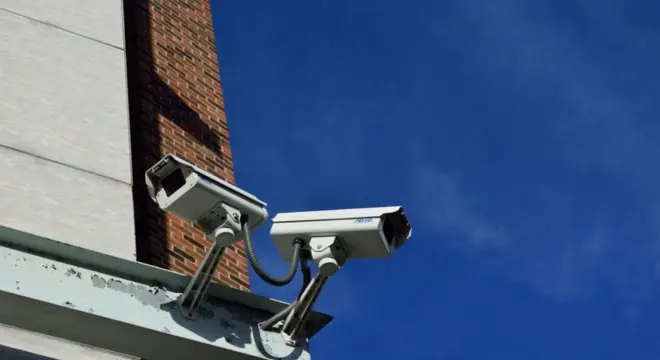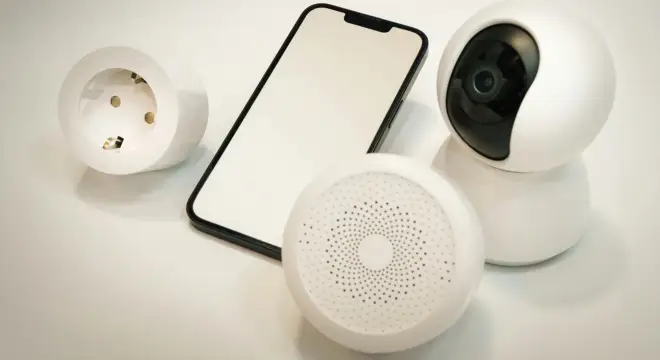Don’t Ignore That Beep — 10 Warning Sounds All Homeowners Should Know
You’re sitting on the couch, halfway through a show, when it happens again—beep. You pause, look around, and wait. Nothing. A few minutes later—beep. That small, sharp sound that seems to come from nowhere and everywhere at once. You walk from room to room, staring at the smoke alarm, the thermostat, even the fridge light, wondering what on earth is making that noise.
I’ve been there too. That single, mysterious beep can make a calm evening feel like a detective mission. The truth is, most homeowners go through this at some point, and what seems like a minor annoyance often turns into hours of silent frustration. The problem isn’t just the sound—it’s not knowing what’s causing it.
In this guide, I’ll help you figure it out step by step. No guesswork, no technical jargon—just the real reasons your house might be beeping and how to stop it for good. Whether it’s a smoke detector begging for attention or a forgotten gadget running out of battery, you’ll know exactly where to start and what to do next.
So, before you climb a chair or pull out the batteries again, take a deep breath. Let’s solve this together. Have you ever spent hours hunting down that one annoying beep? Tell me what finally fixed it for you.
What Most People Think It Is (and Why They’re Often Wrong)
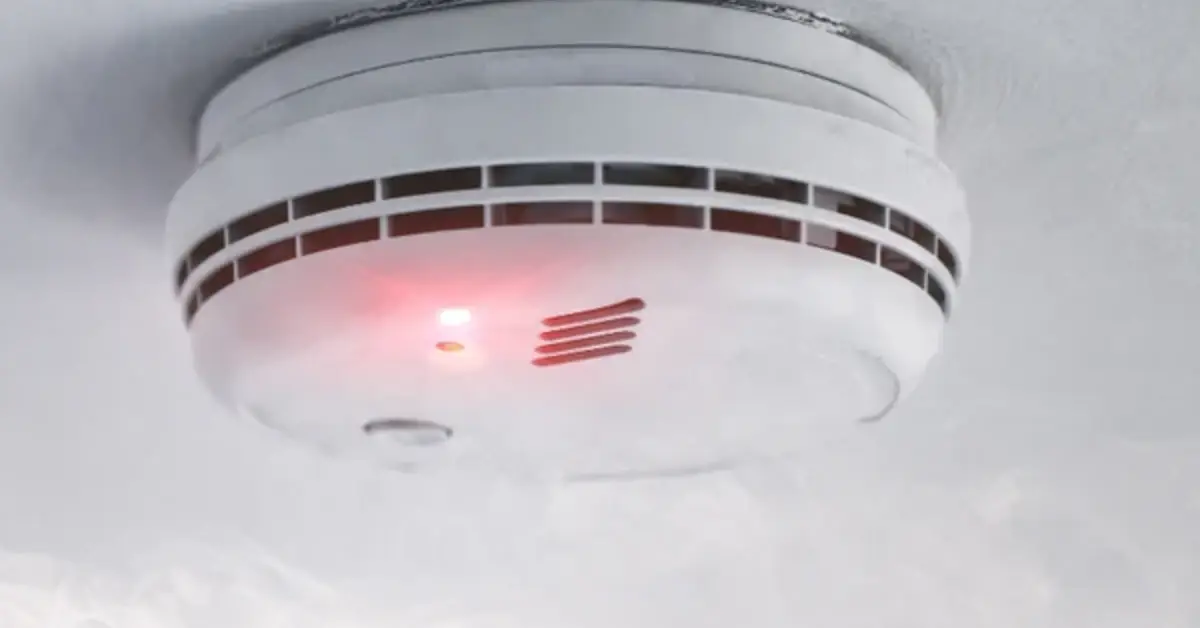
Most people’s first instinct when they hear that random beep is to look up at the ceiling. You spot the smoke alarm and think, “Got it.” You grab a chair, twist the cover, swap the battery, and feel that little rush of victory—until it happens again an hour later.
If that sounds familiar, you’re not alone. Around 90% of homeowners start their search right there—with the smoke detector or carbon monoxide alarm—because that’s what every safety ad or article tells us to do. And yes, it’s the most common culprit. But here’s what most people don’t realize: sometimes the beeping continues even after you replace the battery, and it’s not because you did something wrong.
There are a few hidden reasons your alarm might still chirp:
- Residual capacitor charge: After you put in a new battery, a small amount of leftover electrical energy can make the alarm beep for a while. It usually stops after a few minutes once the circuit resets.
- Low-power memory: Some alarms store small amounts of data (like last test date or previous alerts). When power is restored, that short chirp is part of the reboot process.
- End-of-life signal: Most smoke detectors have a lifespan of about seven to ten years. After that, no new battery will fix the beeping—it’s the unit’s way of saying it’s time to retire.
According to the National Fire Protection Association (NFPA), nearly three out of five chirping alarms come down to simple battery misplacement or improper installation. That means the fix might be as easy as checking whether the battery was inserted with the right polarity or if the cover is fully closed.
What I’ve noticed, and what most guides skip over, is why these false fixes keep happening. People rush to silence the sound but never reset the unit properly, or they forget that multiple devices might be beeping in sync—especially if you have interconnected alarms.
If you take one thing away here, let it be this: don’t just change the battery and walk away. Take a minute to reset, check the age of the alarm, and note the exact beep pattern—it can tell you a lot more than you think.
Before you climb that chair again, make sure you understand the real signs of a malfunctioning smoke alarm — our quick guide on why your smoke alarm is chirping explains exactly how to tell the difference between low-battery warnings and end-of-life beeps.
Top 10 Reasons Your House Might Be Beeping (With Fixes)
You’ve checked the smoke alarm, replaced the batteries, and even unplugged half the devices in your home—yet the beeping refuses to quit. I get it. When that sound keeps echoing through your walls, you don’t want theories—you want the source. Let’s go through the most common culprits and how to stop each one for good.
1. Low Battery in Smoke or CO Detector
This is the classic cause. Most detectors beep once every 30 to 60 seconds to warn you that the battery is dying.
Quick fix: Replace the battery, then hold the reset button for 10 seconds to clear any lingering charge. If the sound doesn’t stop, check the back of the unit—most have a manufacture date. If it’s more than 7–10 years old, replace the entire detector (per UL safety standards).
2. Backup Battery on a Security System
Your home security panel or keypad might have a backup battery that chirps when it’s weak or disconnected from power.
Quick fix: Open the control panel, remove the old battery, and replace it with a matching model. If the sound continues, silence it temporarily using your system’s code and call your monitoring provider—they can often reset it remotely.
If your alarm panel keeps beeping even after a battery swap, it might help to revisit how these systems detect motion and entry points — check out our full explainer on how home alarm sensors work for quick troubleshooting insights.
3. Uninterruptible Power Supply (UPS) or Router Battery Warning
Routers, modems, or UPS units can start beeping when their internal backup battery fails. It often happens after power outages.
Quick fix: Look for blinking lights or an error message on the device. Disconnect power for 30 seconds and reconnect.
4. Thermostat or Smart Home Hub Alerts
Smart thermostats like Nest or Ecobee may chirp when they lose Wi-Fi or power. It’s subtle but easy to confuse with an alarm.
Quick fix: Check your app for error codes. Reconnect to Wi-Fi or plug in the device again. If it keeps alerting, it might be warning about a larger HVAC issue.
5. Refrigerator or Appliance Door Ajar Alarm
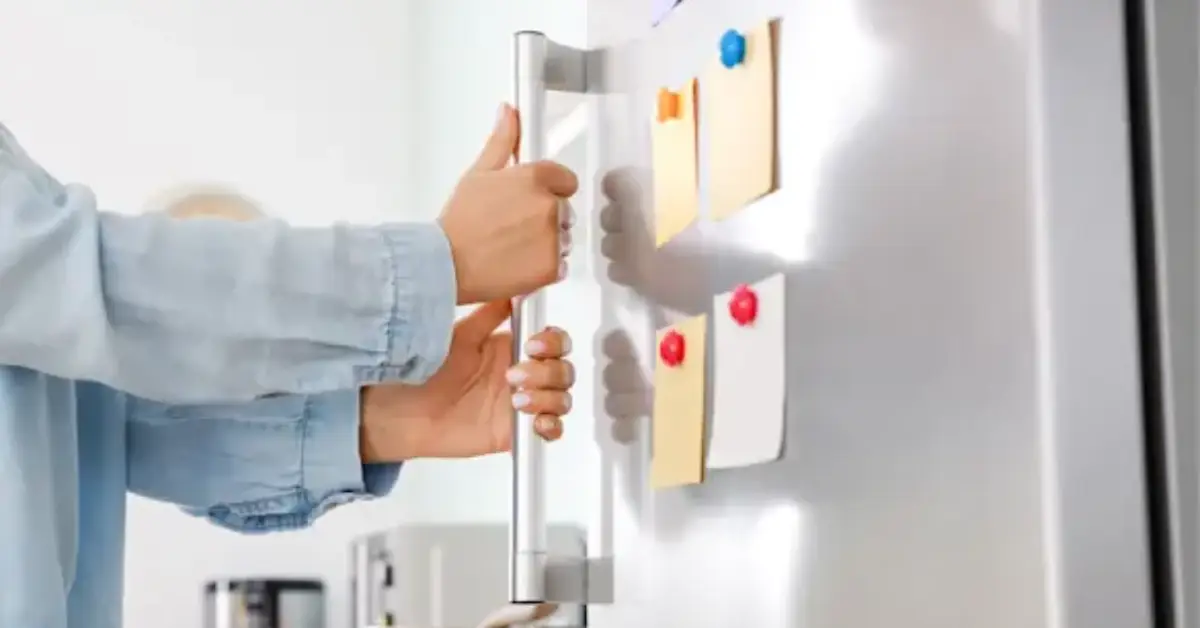
Some newer appliances beep when the door isn’t sealed correctly. Models from Samsung and LG are known for it.
Quick fix: Wipe the rubber seals, remove any obstructions, and gently close the door. If the beep continues, unplug the appliance for 60 seconds to reset the alert system.
6. Carbon Monoxide Alarm “End-of-Life” Signal
A CO alarm that beeps regularly (even with new batteries) may be telling you it’s expired.
Quick fix: Check the label—most units expire after 5–7 years. Remember, a steady beep often means an active CO alert, while short intermittent chirps usually signal end-of-life or battery issues.
7. Water Heater or HVAC System Fault Codes
These systems can emit soft beeps when there’s a pressure error, sensor failure, or power fluctuation.
Quick fix: Look at the unit’s digital panel or manual—most codes correspond to specific sounds. Reset the breaker if needed. If you hear repeating beeps with flashing lights, it’s safer to call a licensed technician.
8. Battery-Powered Leak Detector Near Sinks or Basements
Small leak sensors often hide under sinks or water heaters and start chirping when their battery dies.
Quick fix: Replace the coin-cell battery and test by pressing the button once. You can find reliable models on Home Depot that last up to three years and alert you before leaks cause major damage.
9. CO2 Sensor in Smart Air Purifiers
Many purifiers, like Dyson or Levoit, beep to signal filter replacement or CO2 buildup.
Quick fix: Open the app or control panel to check the alert. Clean or replace the filter, then reset the device.
10. Watch, Toy, or Wireless Device Hidden in a Drawer
This one catches everyone off guard. I’ve seen cases where a lost fitness tracker or AirTag beeped for two straight days before someone found it buried in a drawer.
Quick fix: Walk through your home with your phone’s Bluetooth scanner turned on. If a hidden device is nearby, it’ll show up immediately.
If you’re still stumped, pay attention to the pattern:
| Beep Pattern | Likely Cause |
|---|---|
| 1 short beep every minute | Low battery warning |
| 2 quick beeps | Connectivity issue (Wi-Fi, hub) |
| Continuous loud beeps | Active safety alert (CO or smoke) |
| Random soft chirps | Hidden smart device or backup battery |
Sometimes, the smallest sound comes from the least expected corner of your home. The key is patience—track the rhythm, reset what you can, and don’t overlook the hidden gadgets that quietly keep your home running.
How to Locate the Source Without Losing Your Mind
If you’ve already swapped batteries, checked the fridge, and still can’t find where that beep is coming from, you’re not alone. The truth is, tracking a mystery sound in a quiet house can make anyone feel a little crazy. But instead of guessing, there’s a calm, methodical way to hunt it down—and it works.
Start by treating your home like a sound map.
Here’s the process that actually helps:
- Use sound triangulation: Walk slowly and pause every few feet. Each time the beep goes off, note where it sounds the loudest. Try crouching down or standing near walls—sound often bounces and can trick your ears.
- Silence your environment: Turn off TVs, fans, and any major appliances one by one. A quiet background makes subtle tones easier to locate.
- Switch circuits off in order: If you suspect an electrical device, flip breakers off one at a time and listen. When the sound disappears, you’ve narrowed down the circuit—and the suspect device.
- Use a decibel or frequency app: Tools like Decibel X (iOS/Android) or even your phone’s voice recorder can help identify where the tone peaks. Replay the recording and follow the volume increase.
Don’t rush it. A methodical approach beats pulling every plug in panic mode. Most people find the source in under 15 minutes once they slow down and listen intentionally.
When the Beep Is a Safety Warning — Not a Nuisance
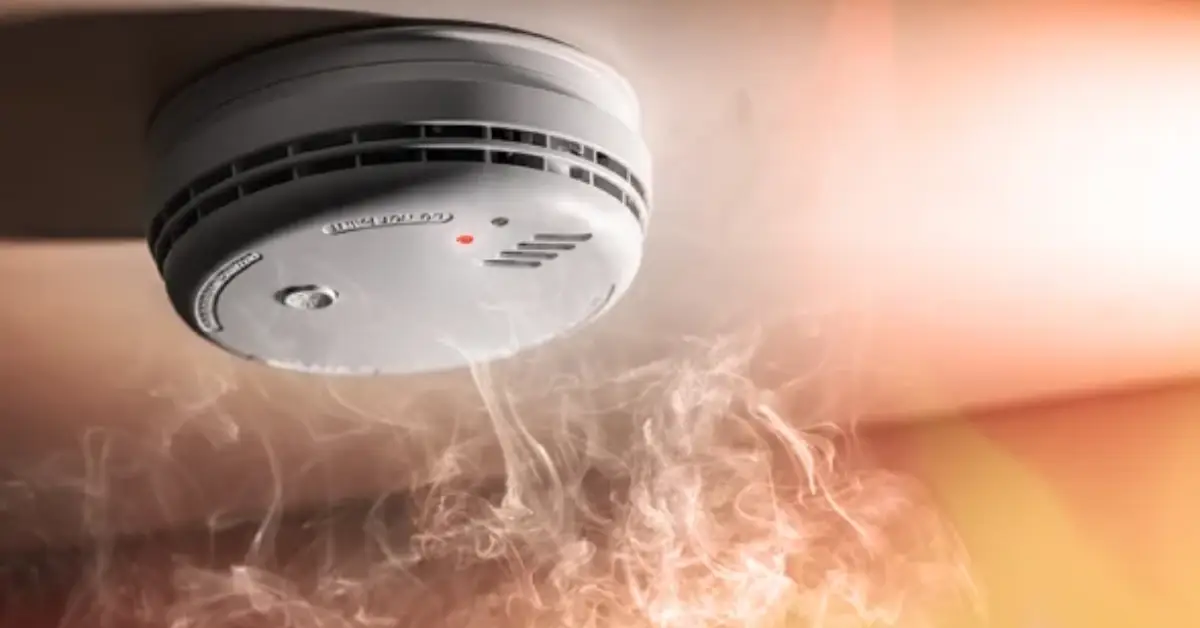
Here’s the most important part: not every beep is harmless. Some are designed to save your life.
You can usually tell the difference by tone and timing:
- Continuous or rapid beeping: Often signals danger, like smoke or rising carbon monoxide levels.
- Slow, spaced chirps: Typically indicate maintenance issues—like low battery or end-of-life warnings.
If you ever feel dizzy, light-headed, or nauseous during a persistent alarm, get outside immediately and call emergency services. Those are classic signs of carbon monoxide exposure, and no article is worth more than a few seconds of safety delay.
According to the Centers for Disease Control and Prevention (CDC), CO poisoning sends thousands of Americans to emergency rooms each year—many because they ignored what they thought was “just another false alarm.”
So, when your house starts beeping, pause and ask: Is this my comfort being interrupted—or my safety being protected? Recognizing that difference can literally save your life.
Preventing Future Random Beeps
If you’ve ever chased a mystery beep around your house, you know how frustrating it can be. The good news? You don’t have to repeat that experience. With a few small habits, you can stop most of these alerts before they even start.
Here’s how to make your home quietly dependable again:
- Replace detector batteries twice a year. The easiest trick is to sync it with daylight savings—every time you change the clock, change the batteries too. It keeps all your alarms fresh and on schedule.
- Label the install date on every device. Use a simple piece of masking tape and a marker. Most alarms expire after seven to ten years, and this tiny habit helps you remember when it’s time for a replacement.
- Group smart devices under one app. Whether you’re using Alexa, Google Home, or SmartThings, connecting all your smart alarms and hubs makes it easier to spot which one is alerting you and why.
- Dust and test regularly. Once every few months, give each device a quick clean and press the test button. Dust buildup can cause false beeps and shorten sensor life.
You can also build a small Home Maintenance Calendar to stay organized:
- January & July: Change all alarm batteries.
- March: Clean detectors and vents.
- June: Test HVAC and CO alarms before summer heat.
- October: Review appliance filters and smart device connections.
- December: Note which alarms need full replacement next year.
A few minutes of prevention beats an evening of pacing around wondering, “Where’s that sound coming from?”
When to Call a Professional
Sometimes, no matter how much troubleshooting you do, the beeping keeps coming back. That’s your cue to call in a pro.
You should reach out to a licensed technician if you notice:
- Beeping tied to your HVAC system, furnace, or water heater.
- Multiple alarms triggering together even after resets.
- Signs of flickering power or burnt smells near electrical panels.
- Error codes flashing on thermostats or appliances you can’t clear.
The average cost for a home inspection or electrical check runs between $100 and $250, depending on where you live. That’s a small price to pay compared to the stress—and risk—of ignoring a potential hazard.
If you’re unsure, play it safe and schedule an inspection. A qualified electrician or HVAC specialist can pinpoint the issue in minutes and keep your home’s systems working smoothly.
And if you’re upgrading your home security setup, make sure you know the most effective areas to place your cameras — our guide on the best spots for security cameras covers placement strategies that improve both coverage and peace of mind.
Quick Summary — The 3-Step Beep Elimination Plan
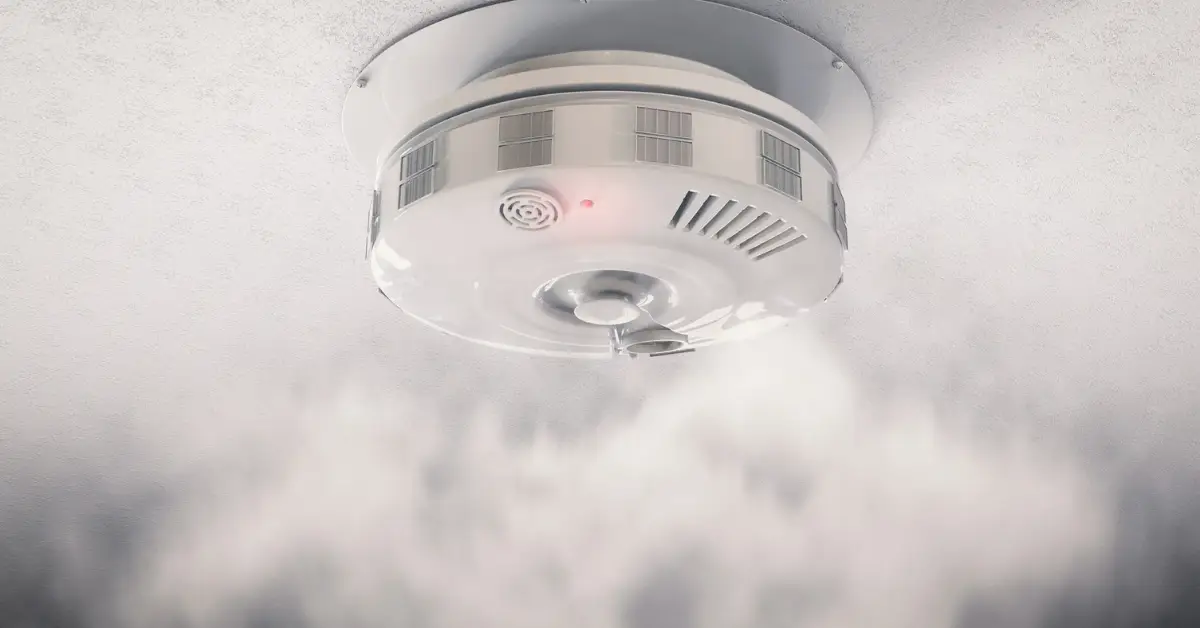
If you’ve made it this far, you’re already ahead of most frustrated homeowners. By now, you know that random beeps aren’t random at all—they’re small signals trying to get your attention. Here’s your quick, no-nonsense recap you can bookmark or print for next time:
1. Identify the Sound Pattern
Listen carefully. Is it a single beep every minute, or a rapid sequence? The pattern tells you what kind of issue it is—maintenance, warning, or emergency.
2. Check Priority Devices First
Start with smoke detectors, CO alarms, and security systems. These are the most common sources and easiest to verify. Don’t forget thermostats, routers, and hidden smart gadgets if the sound persists.
3. Replace Batteries or Reset the Unit
Once you’ve found the culprit, replace the battery and hold the reset button for at least 10 seconds. If the device is over seven years old, replace it entirely—some alerts mean it’s simply reached the end of its lifespan.
Mini-Checklist
Keep this on your fridge or toolbox for quick reference:
- Note the beep pattern (single, double, continuous).
- Check all alarms and smart hubs in main rooms.
- Replace or reset any device older than 7 years.
- Mark battery change dates twice a year.
- Label installation dates for future tracking.
Solving that mystery beep doesn’t take luck—it takes a clear process. And once you’ve done it, you’ll never panic when it happens again.
Have you ever dealt with a mystery beep that drove you crazy? Share your story or fix in the comments—I’d love to hear what worked for you.
For more real-world home fixes, smart maintenance tips, and renovation insights, visit Build Like New — your guide to keeping ever; y corner of your home running smoothly.
Disclaimer: This article is for general informational purposes only and should not be taken as professional repair or safety advice. Always follow manufacturer instructions and contact a licensed technician or local authorities if you suspect a serious electrical, gas, or carbon monoxide issue in your home.

